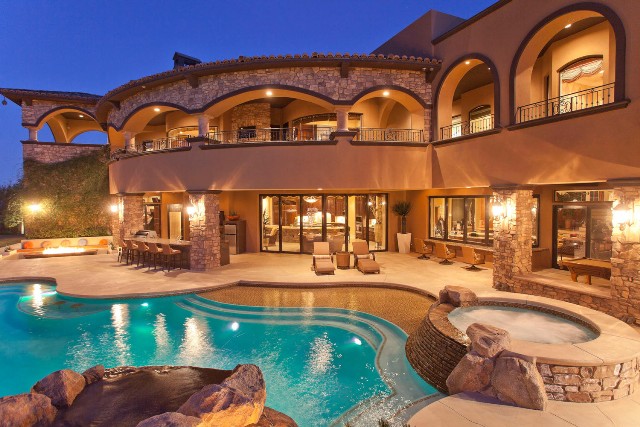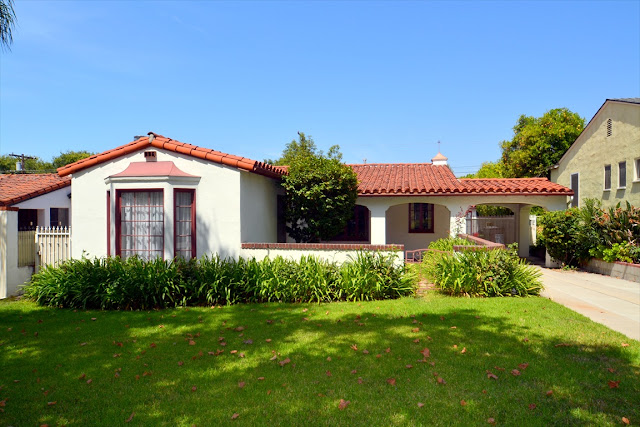Cultural Reflections (Page 2)
There has been an emphasis on presenting Norwegian culture through an open and transparent working environment where the use of glass partitions has been used to divide rooms. A long hallway, which connects offices and common rooms together, opens out towards a south facing patio with terraces and planting.The embassy is built literally of stone upon stone. The material use is mostly local stone with timber. External staircases, retaining walls and the ground floor's external walls are clad in slate, either as tiles or as dry stonewalling.
The top floor's facade and roof edge is Clad in a light travertine stone. The glass facade system is in powder coated aluminium profiles. Pergolas and timber on the facade are built from the locally available Sesau timber.
The building's main structure is a stiff framework of columns and beams built upon a concrete raft foundation with concrete decks cast in situ. This meets the building codes and requirements for building in an area, which is exposed, to earthquakes.
Nepal is one of the world's poorest countries, and it has been a challenge to get access to materials, equipment and technology. In addition, there had been political unrest during the construction period.
A Norwegian design group took the project through to a preliminary design stage. Local consultants, in collaboration with Kristin Jarmund Arkitekter AS, developed the project through to working drawings.
Local contractors with Nepalese workers were used for the construction. workers in Nepal generally come to Kathmandu from their local villages and bring with them their whole family. Accommodation for the workers and their families was built on a neighbouring site.
Water is a misused resource in Nepal. Water is often not there in the Water pipes. The Embassy will collect and reuse rainwater, which is not a normal practice in Nepal. Underground tanks have therefore been built for the collection of rainwater via sand filters (1,2O,OOO litres); water from water tank lorries (2O,OOO litres); city line Connection (2O,OOO litres); and fire fighting (60,000 litres). Water from the tanks must go through a series of filters before being pumped into the embassy. Water is heated by solar panels.
The End.




Comments
Post a Comment